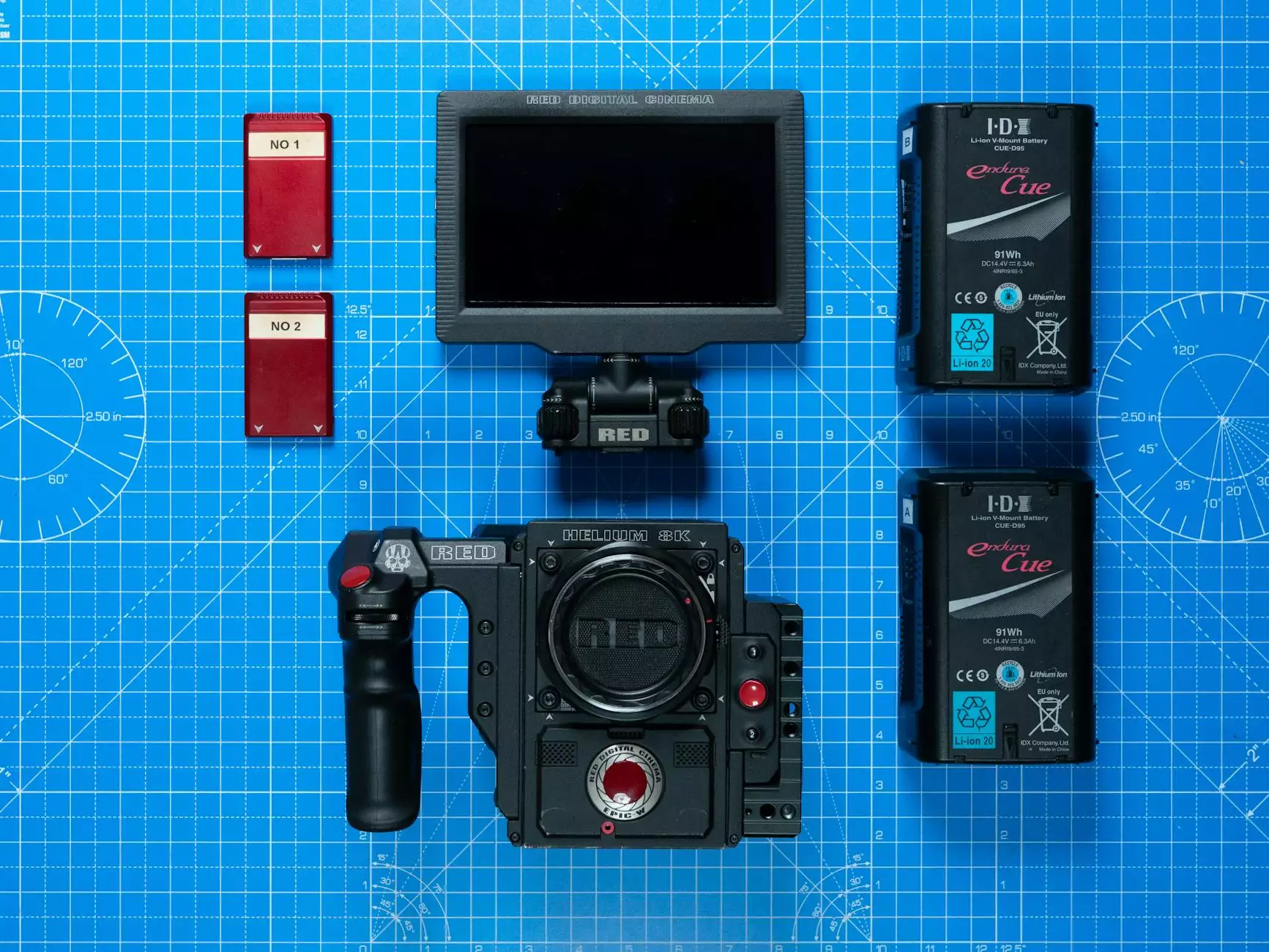Understanding the Difference Between NPT and BSPT: A Comprehensive Guide

The world of piping and plumbing fittings can be quite complex, especially when it comes to thread types which are crucial for ensuring leak-proof connections. Among the most commonly utilized thread types are NPT (National Pipe Taper) and BSPT (British Standard Pipe Taper). Understanding the difference between NPT and BSPT fittings is vital for engineers, plumbers, and anyone involved in piping system installation or maintenance. This article will delve into the specifics, applications, advantages, and more to provide a rich, informative resource.
What Are NPT and BSPT?
NPT and BSPT are types of tapered threads primarily used to join pipes and fittings in various industries including plumbing, oil and gas, and chemical manufacturing. Their design facilitates a tight seal, reducing the risk of leaks.
- NPT (National Pipe Taper) is a U.S. standard developed to provide a leak-proof seal through the engagement of male and female threads.
- BSPT (British Standard Pipe Taper) is a British standard similar to NPT but follows different specifications, ensuring compatibility with European and Commonwealth piping systems.
The Technical Specifications of NPT and BSPT
When comparing NPT and BSPT, looking at their technical specifications is essential. Each type has unique characteristics that affect their performance:
NPT Specifications
- Thread Angle: NPT threads have a 60-degree thread angle.
- Dimensional Standard: Compliance with ANSI/ASME B1.20.1.
- Seal Mechanism: Relies on the compression of threads to form a seal, typically using PTFE tape for enhanced sealing.
- Usage: Commonly used in the United States and other countries following American standards.
BSPT Specifications
- Thread Angle: BSPT has a 55-degree thread angle.
- Dimensional Standard: Governed by ISO 7-1.
- Seal Mechanism: Also depends on the compression of threads, with PTFE tape or hemp for sealing.
- Usage: Widely used in the UK, Europe, and other countries aligned with British standards.
Visual Representation of NPT vs. BSPT
Understanding the visual differences can also clarify the difference between NPT and BSPT. Here’s a simplified overview:
Thread Profiles
While the thread design is similar in nature, the angle is the most noticeable distinction. The following comparison helps illustrate this:
- NPT: The threads are rough and have a distinct, triangular profile.
- BSPT: The threads have a finer appearance and are more rounded, reminiscent of a European aesthetic.
Key Differences Between NPT and BSPT
When deciding between NPT and BSPT, it’s beneficial to consider the following key differences:
FeatureNPTBSPTThread Angle60 Degrees55 DegreesStandardizationASME B1.20.1ISO 7-1ApplicationsPrimarily in the USAPrimarily in the UK and Commonwealth countriesType of SealingThreads are compressed for sealAlso relies on compression of threadsApplications of NPT and BSPT Fittings
Both NPT and BSPT serve numerous applications across diverse industries:
Applications of NPT
- Plumbing: Commonly found in residential and commercial plumbing systems.
- Industrial Systems: Used in numerous industrial applications, particularly in the oil and gas sector.
- HVAC Systems: Frequently utilized in heating and cooling systems to ensure safe and efficient operation.
Applications of BSPT
- Petrochemical Industry: Predominantly used in installations across Europe and Asia.
- Automotive: Used in vehicle manufacturing for hydraulic and pneumatic components.
- Marine Applications: Used in shipbuilding and maintenance to adhere to international standards.
Advantages of NPT and BSPT
Understanding the advantages of each fitting type can significantly impact system performance and integrity:
Advantages of NPT
- Widely Available: NPT fittings are readily available in most hardware stores across the U.S.
- Cost-Effective: Typically less expensive due to the high availability and standardization.
- Reliable Seal: Offers a dependable seal when properly threaded and sealed with PTFE tape.
Advantages of BSPT
- Compatibility: Ensures compatibility with UK and Commonwealth systems, often preferred in international projects.
- Fine Thread Finish: The finer thread profile can sometimes allow for more precise fittings in sensitive applications.
- Robust Standards: Adheres to strong international standards, enhancing reliability in critical settings.
Choosing the Right Fitting: NPT vs. BSPT
When making a decision on whether to use NPT or BSPT fittings, consider the following factors:
1. Application Needs
Understanding the specific application requirements can help determine the suitable fitting type. For instance, if the project is based in the U.S., NPT would typically be the choice, while for projects in the UK, BSPT may be preferred.
2. Connection Compatibility
It's essential to ensure that the fittings being connected are of the same type to prevent leaks. NPT and BSPT are not directly compatible without the use of adapters, which adds complexity and risk of failure to the system.
3. Industry Standards
Always consider the industry standards governing your project to ensure adherence to local regulations and norms.
Conclusion
In conclusion, understanding the difference between NPT and BSPT is critical for anyone involved in the selection and installation of piping systems. Whether it’s the tighter thread angle of NPT suitable for American systems, or the compatibility of BSPT with British systems, making an informed choice ensures the integrity and safety of your installations. Whenever possible, consult with industry professionals or manufacturers, such as TechTubes.in, to get the best fittings for your specific needs. Their extensive categories, including tube fittings, forged fittings, and valves, provide a wide selection suitable for all your piping projects.
Always remember, the success of any piping application relies heavily on the correctness of fitting selection. By employing the right fittings, you not only achieve optimal functionality but also enhance safety and durability.









